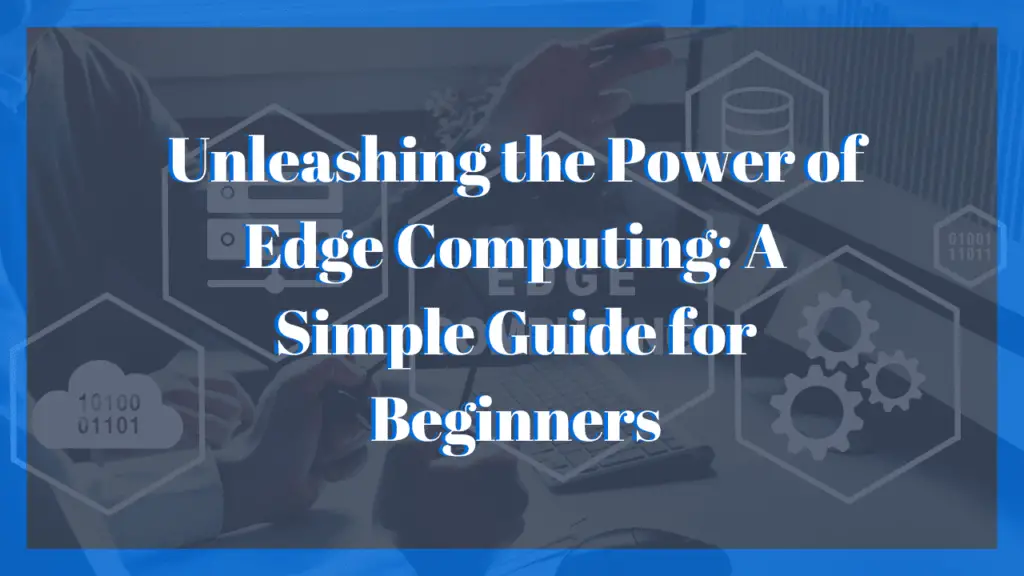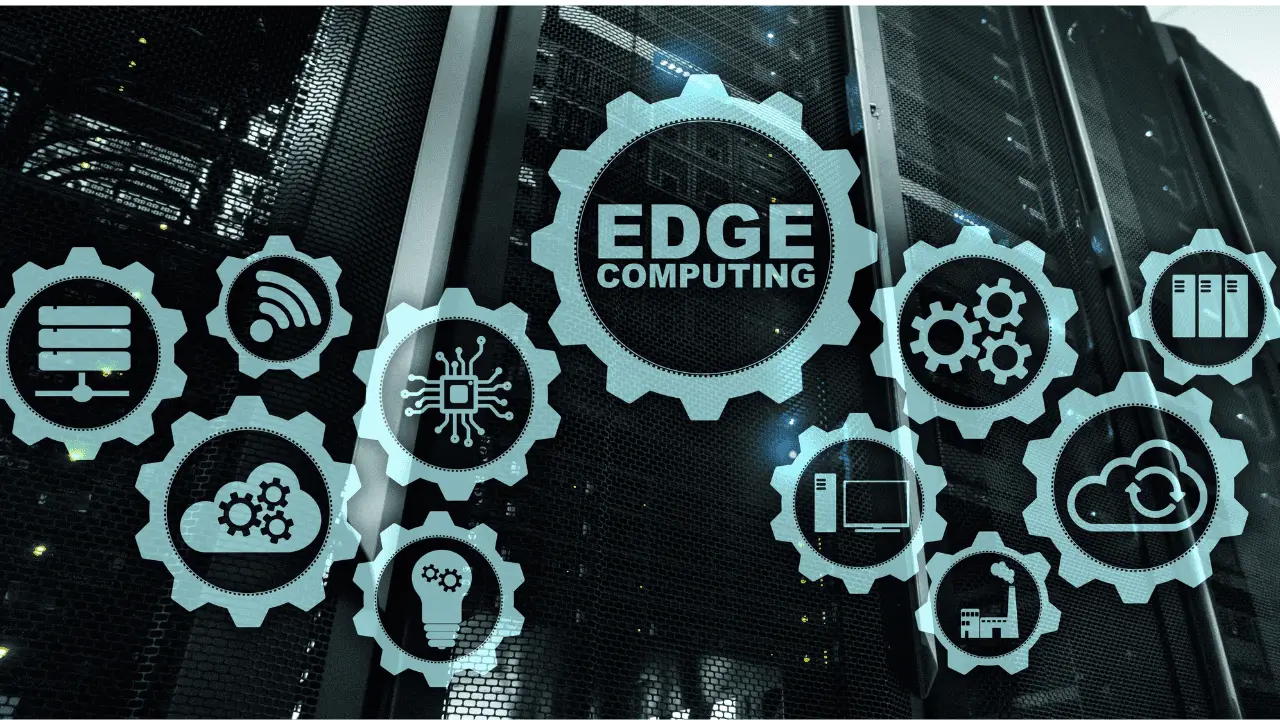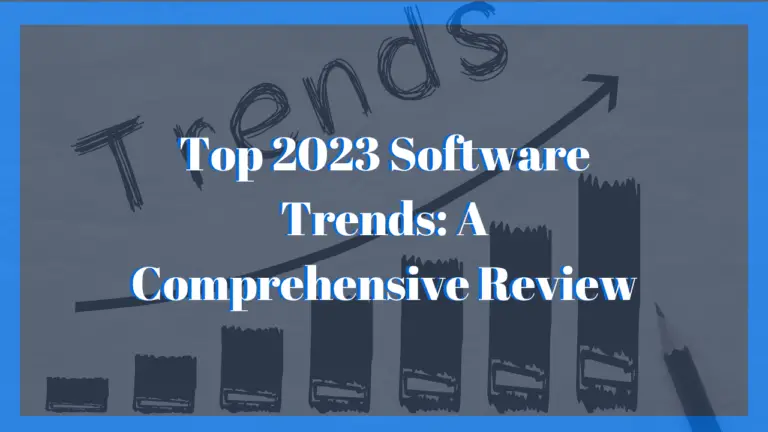Unleashing the Power of Edge Computing: A Simple Guide for Beginners 2024

Imagine a world where your smart home anticipates your needs, traffic lights adjust instantly, and self-driving cars react in real time. This isn’t science fiction – it’s the reality of edge computing, a revolutionary approach where processing power shifts closer to the data source.
Think of it like having a tiny, super-fast computer built into your devices, making them smarter, faster, and more secure. No more waiting for data to travel to a distant cloud – everything happens right where it needs to, giving you the ultimate edge in a digital world.
But how does it work, and why should you care? If you’re a curious beginner who wants to understand this transformative technology, buckle up – this guide is your portal to the edge!
What is Edge Computing?

Unlike traditional cloud computing, where everything gets sent to a central server, edge computing keeps data local. This means processing happens on your device, be it your phone, smartwatch, or even an intelligent traffic signal.
Think of it like having a local translator who understands your needs instantly instead of relaying everything to a distant interpreter who takes time to figure things out. This saves precious seconds, making your devices far more responsive and efficient.
But what are the critical components of an edge system?
Edge devices are mini-computers that collect and process data locally, like your phone or a smart speaker.
Edge gateways: These act as traffic controllers, filtering and routing data between devices and the cloud.
Edge networks: These highways connect edge devices and gateways, ensuring smooth data flow.
And the benefits? They’re plentiful:
Faster responses: No more buffering or lag, just instant results for everything from streaming to video calls.
Enhanced security: Sensitive data stays local and protected, minimizing the risk of breaches.
Smarter devices: Your devices learn your habits and preferences, personalizing your experience like never before.
Cost savings: By reducing reliance on the cloud, edge computing can be more budget-friendly.
Real-world Applications: Edge in Action
Okay, so edge computing sounds cool, but how does it work in everyday life? Let’s explore some beginner-friendly examples:
Your smart home: Imagine lights dimming automatically for movie night or your thermostat adjusting based on your real-time location. Edge makes your home a self-learning haven.
IoT devices: Your fitness tracker can analyze your sweat in real-time and give personalized workout tips. Edge empowers your devices to be proactive health coaches.
Mobile gaming: Say goodbye to lag and dropped frames! Edge processing ensures smooth, responsive gameplay, even in crowded areas.
Edge vs. Cloud: A Simplified Showdown
How does Edge compare to the cloud we all know? Let’s break it down for beginners:
Cloud computing: Imagine a central server farm that stores and processes all your data. It’s robust and scalable but can be slow and expensive for real-time needs.
Edge computing: Think of mini data centers scattered everywhere, processing information locally. It’s faster and more secure but can be less centralized and require more upfront investment.
So, which is better? It depends! Cloud excels at large-scale tasks and data storage, while edge shines in speed, security, and real-time applications. It’s all about choosing the right tool for the job.
Cloud Computing includes AWS (Amazon Web Services), Azure (Microsoft Azure), and Google Cloud Platform.
Getting Started with Edge Computing: Your Entry Point
Ready to dip your toes in the edge pool? Here’s how beginners can explore this exciting technology:
Start with simple projects: Use your smart speaker to control lights with voice commands, or try a fitness tracker with on-device coaching.
Explore platforms like Arduino or Raspberry Pi: These beginner-friendly platforms let you build and experiment with edge computing at home.
Learn from online resources: Check out websites, blogs, and tutorials for edge computing novices.
Remember, the edge is all about experimentation and learning. Don’t be afraid to get your hands dirty and have fun!
Security in Edge Computing: A Beginner’s Perspective
With data processing happening closer to you, security concerns are natural. But fear not! Here’s how Edge keeps things safe:
Encryption: Your data gets scrambled before leaving your device, making it unreadable to hackers.
Decentralized security: Data is stored across multiple edge devices, making breaches less impactful.
Regular software updates: Just like your phone, edge devices receive updates to patch security vulnerabilities.
By following these best practices, you can enjoy the benefits of edge computing with peace of mind.
In Conclusion
Edge computing might initially seem complex, but remember, it’s all about putting the power in your hands. It’s about making technology intuitive, responsive, and secure, tailoring itself to your needs in real-time.
So, don’t be intimidated by the jargon or technical details. Start small, experiment, and have fun exploring this exciting new frontier. Remember, the edge isn’t just for tech giants – it’s for everyone who wants to unlock the full potential of their devices and create a smarter, more personalized digital world.
Feel free to view our additional post on:





